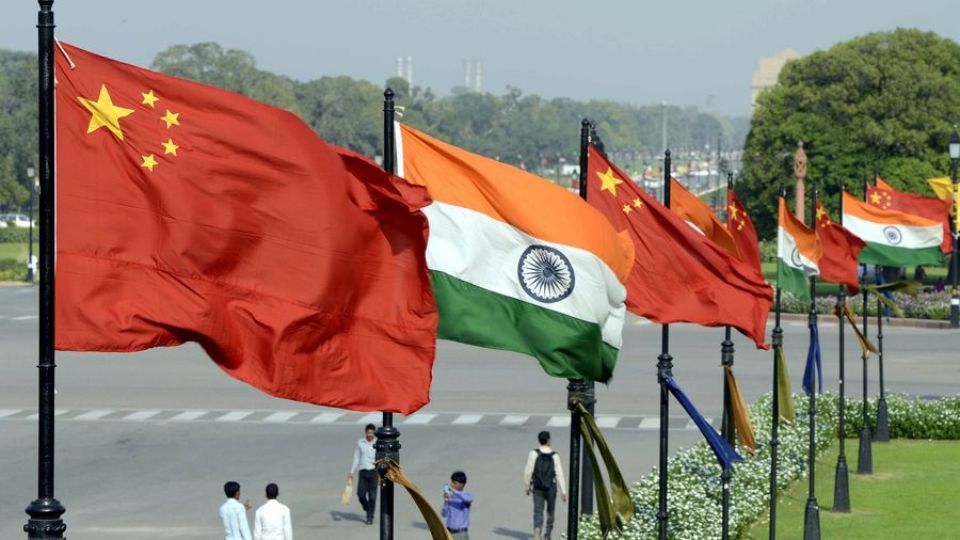September 12, 2022
BEIJING – Indian and Chinese troops have begun disengaging from the border area in western Himalayas, as a part of measures to ease tension that led to deadly clashes two years ago.
“On Sept 8, 2022, according to the consensus reached in the 16th Round of China-India Corps Commander Level Meeting, the Chinese and Indian troops in the area of Jianan Daban have begun to disengage in a coordinated and planned way, which is conducive to the peace and tranquillity in the border areas”, a Chinese defence ministry press release issued on Friday said.
Indian officials here confirmed that Jianan Daban area referred to by China’s military press release is the same as Patrolling Point 15 in the Gogra-Hotsprings area referred to by the Indian press release issued on Thursday.
The development is conducive to peace and tranquillity in the areas along the Line of Actual Control or LAC, it added. Forces of the two countries have been locked in a confrontational position in the area since April 2020 that has sometimes led to deadly clashes.
China’s defence ministry said on Friday that troops from both sides had started to disengage in a “synchronised and planned” way that would help to keep peace on the border.
The disengagement followed the 16th round of commander-level talks between the two countries that was held on July 17, at a border personnel meeting point that the Indian side names Chushul.
The two sides have agreed to cease forward deployments in this area in a phased, coordinated and verified manner, resulting in the return of the troops of both sides to their respective areas.
Ministry of External Affairs, India
Since then, the two sides have maintained regular contact to build on the progress achieved during the talks to resolve the relevant issues along the LAC in the Western Sector of India-China border areas, according to a press statement issued by the Indian Federal Ministry of External Affairs on Friday.
“As per the agreement, the disengagement process in this area started on 8 September and will be completed by 12 September, this year. The two sides have agreed to cease forward deployments in this area in a phased, coordinated and verified manner, resulting in the return of the troops of both sides to their respective areas,” the statement said.
With the disengagement the two sides have found a way to avoid a serious confrontation in future, experts said, adding it comes ahead of an important summit of the Shanghai Cooperation Organisation next week.
Minutes after the announcement, all major Indian news channels issued breaking news bulletins in this regard. One news channel said the Himalayan ice has melted, another news channel reported it as an important milestone to restore bilateral relations between the two countries.
“This is the first step towards a calmer LAC,” a senior official said who refused to be identified.
There are three key friction points along the long border between the countries. Some disengagement of troops occurred last year from the Pangong Tso sector.
India and China share a 3,800 km-long (2,360 mile-long) border that is yet to be fully demarcated. Troops from both sides had adhered to long-standing protocols to avoid the use of any firearms.
The agreement ensures that the LAC in this area will be strictly observed and respected by both sides, and that there will be no unilateral change in status quo, the statement said.
Soon after the 15th round of talks in March, Chinese State Councilor and Foreign Minister Wang Yi visited New Delhi and met Indian foreign minister Subrahmanyam Jaishankar. They discussed the situation along the LAC. In July both the foreign ministers again met on the sidelines of the G20 foreign ministers meeting in Bali of Indonesia and discussed resolving the border issue.
Last month Jaishankar said India-China relations cannot be normal unless the border situation is.
The eastern Ladakh border standoff broke out on May 5, 2020, following a violent clash in the Pangong Tso area. Since then tension was mounting between the two countries as both sides gradually enhanced their deployment by rushing in tens of more soldiers as well as heavy weaponry along the Line of Actual Control.
Calling the disengagement a breakthrough, analysts noted that the location of the disengagement had been a focus and a core issue of the months-long border faceoff and future looks promising.
“A firm reaction by India has led to some positive reaction by China. We hope the process continues,” former Indian army chief Gen Shankar Roy Chowdhury said, adding “talks must continue and must come to a mutually satisfactory conclusion.”
“This event can be the beginning to ease border tensions and can play important roles in resuming peace and stability in the area,” former Brigadier of Indian Army P K Sanyal said.
The writer is a freelance journalist for China Daily.


